(Cette version a été marquée pour être traduite) |
|||
| Ligne 20 : | Ligne 20 : | ||
{{ {{tntn|Materials}} | {{ {{tntn|Materials}} | ||
|Material=<translate></translate> | |Material=<translate></translate> | ||
| − | |Tools=<translate>gdfg</translate> | + | |Tools=<translate><!--T:10--> gdfg</translate> |
|Tuto_Attachments={{ {{tntn|Tuto Attachments}} | |Tuto_Attachments={{ {{tntn|Tuto Attachments}} | ||
|Attachment=Parametric Kerf | |Attachment=Parametric Kerf | ||
Version du 17 juin 2019 à 15:28
Comment créer des charnières vivantes ?
Difficulté
Moyen
Durée
30 minute(s)
Catégories
Machines & Outils
Coût
0 EUR (€)
Introduction
Plier le bois, le plexi, c'est possible avec cette technique.
Matériaux
Outils
gdfg
Étape 1 - Patterns
En prenant le fichier pattern, vous pourrez reproduire ces charnières. Vous prenez la forme que vous dupliquez/clonez et c'est parti !!!
Étape 3 - Straight
Attention, ici vous aurez besoin d'installer dans votre inkscape l'extenion : Inkscape_LivingHinge . Ensuite, dans extensions >> rendu >> living hinge, vous allez configurer les valeurs.
Published
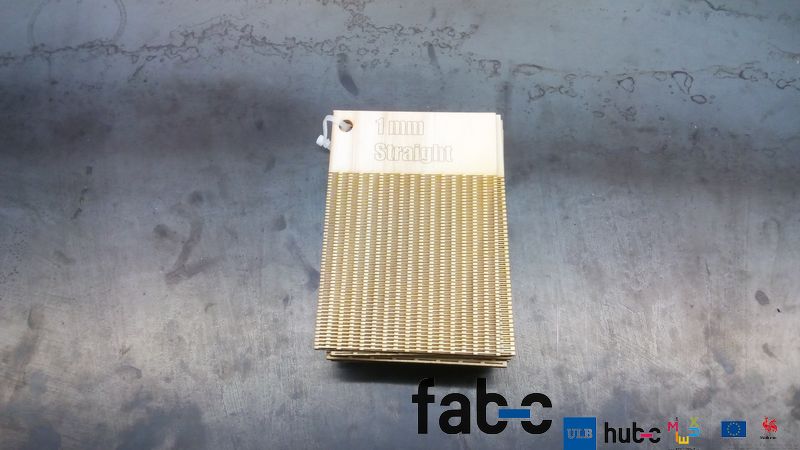
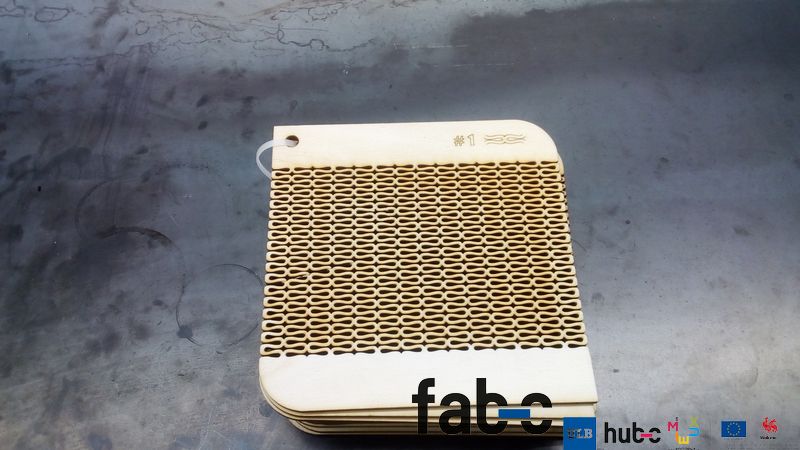
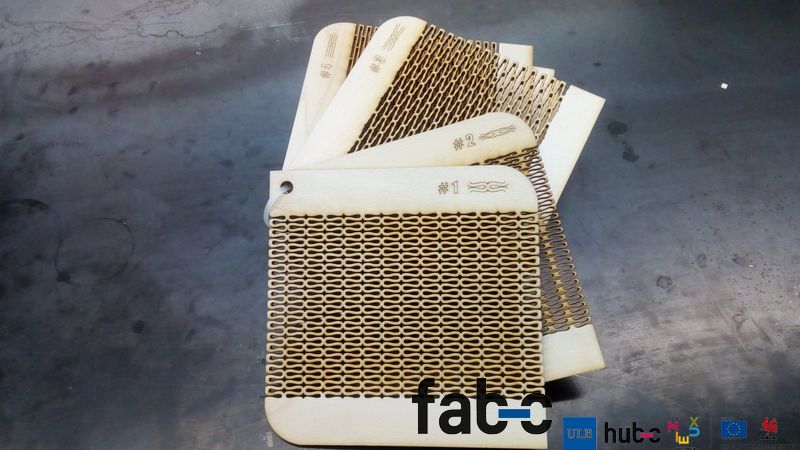
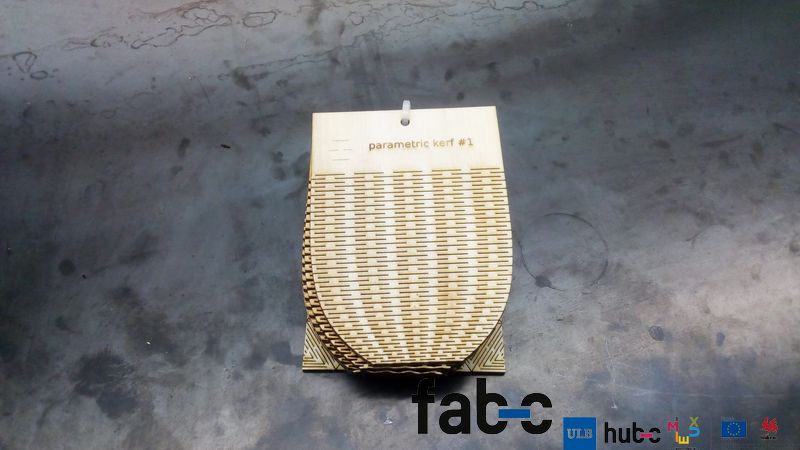
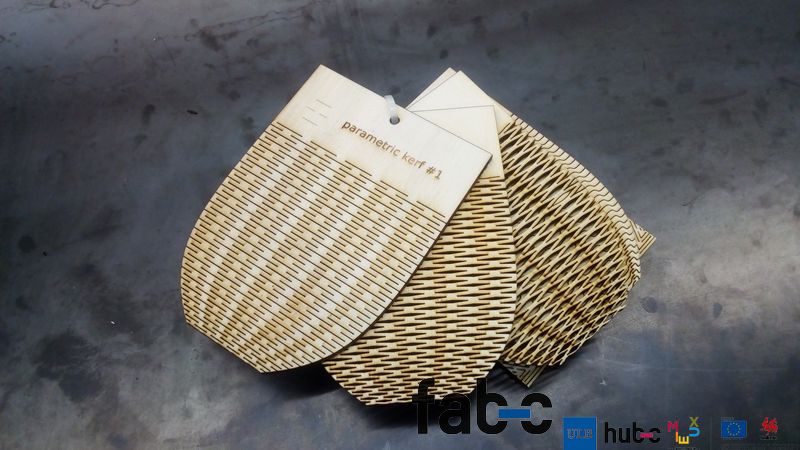
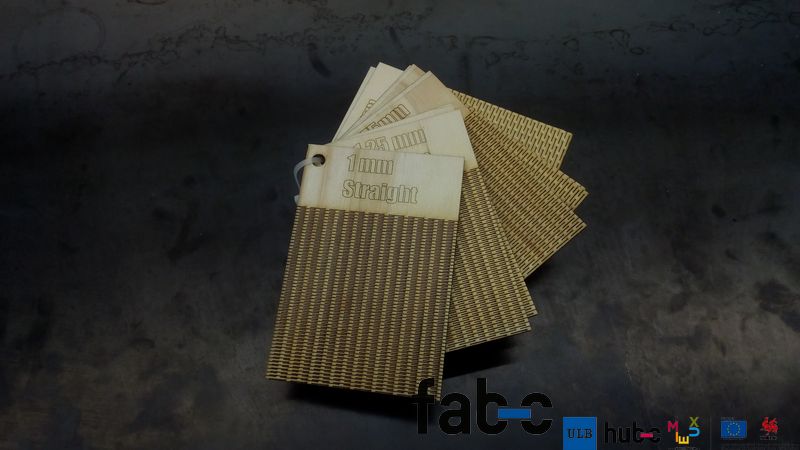
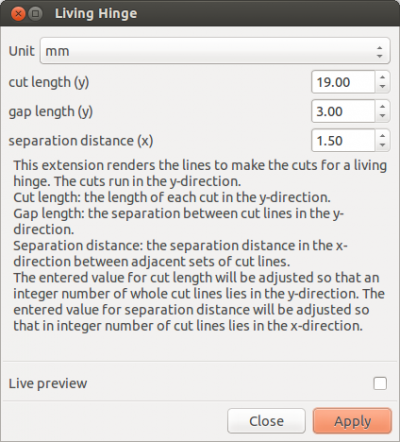
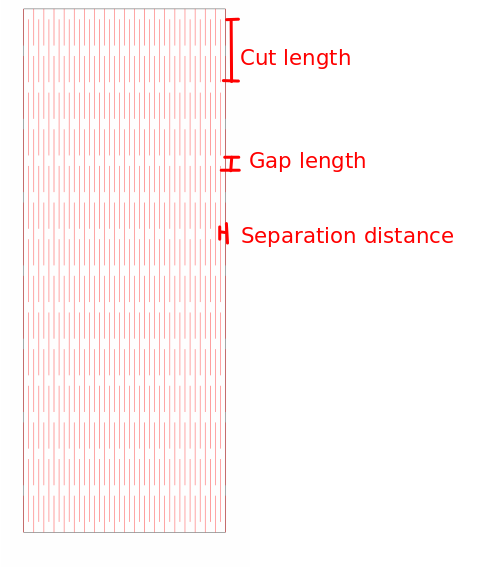
 Français
Français English
English Deutsch
Deutsch Español
Español Italiano
Italiano Português
Português